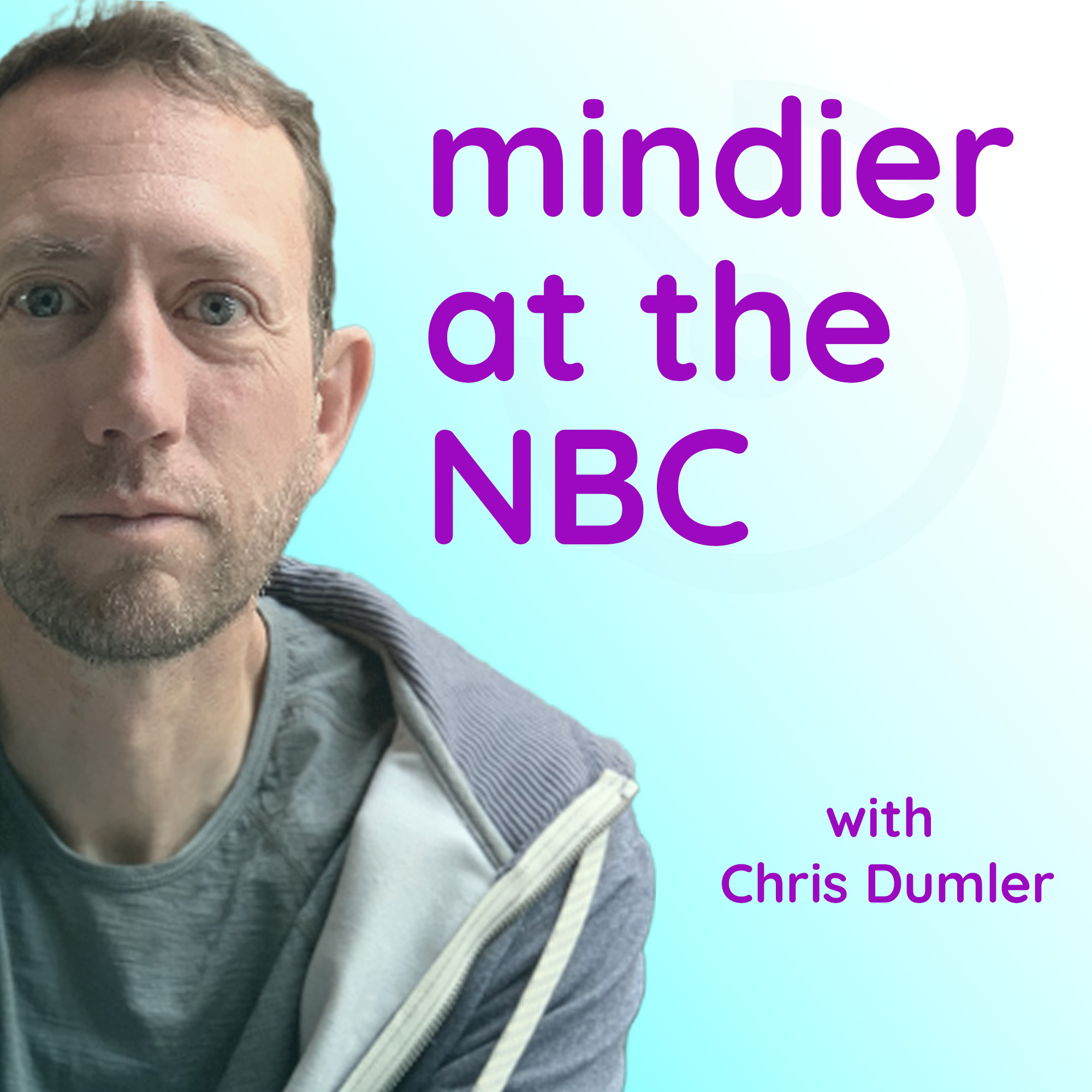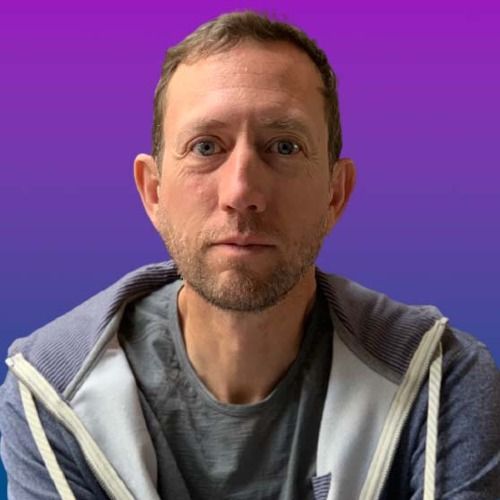Explore Internal Sensory Experience
What is thought, anyway? In this part of the learning experience we do an introductory exploration of the inner system, breaking down thoughts into components that we can mindfully work with: mental talk, mental image, and emotional body-type sensations.
From Issue #1
Guided meditation for students of the mindfulness training at the Nelson Buddhist Centre in early 2022.
Transcript
You might find it a little bit interesting to discover that a common misconception
Speaker:about mindfulness meditation is that we are somehow trying to remove
Speaker:or eliminate thoughts in the mind, this idea that we can somehow stop
Speaker:thoughts from happening and it can be.
Speaker:Quite a nice revelation to discover that, to get the benefits
Speaker:out of meditation practice, you actually don't have to do this.
Speaker:It's not required at all.
Speaker:And in some cases we can even use the mental talk or mental
Speaker:image as a type of focus object.
Speaker:And so today we're just going to take a little bit of a tour of the inner
Speaker:system and explore some of the things we might consider making up thought.
Speaker:Let's give that a try.
Speaker:So if you're in a seated position, go ahead and lengthen the spine.
Speaker:And you can relax your shoulders, your arms,
Speaker:the muscles around your face and your eyes.
Speaker:And let's begin by bringing the attention to the area we call mental talk space.
Speaker:And like the name implies, this is that area generally in your head,
Speaker:maybe between your ears, where you hear mental talk and mental dialogue.
Speaker:And so just bring your attention to that space and.
Speaker:See if you can detect anything or not, we're not generating
Speaker:any mental sound here.
Speaker:We're just observing what occurs naturally.
Speaker:If anything is occurring or observing if nothing is occurring.
Speaker:So just give that a try.
Speaker:It can be sort of interesting to experience the quieting of
Speaker:the mental talk just when we turn our attention towards it.
Speaker:And so if you're not detecting a lot of activity, that's perfectly normal.
Speaker:And if you do detect some mental talk, rather than engaging with it in some
Speaker:type of narrative or examination, Just explore the occurrence.
Speaker:Isn't it interesting that there even is a thing called mental talk and observe it.
Speaker:Like you might observe something in nature.
Speaker:Now letting go of that, let's bring the attention to the visual
Speaker:side of the inner experience.
Speaker:Call this mental screen or mental image space.
Speaker:And typically, this is the space where we see mental images
Speaker:often.
Speaker:This is the space behind, of, or just in front of the closed eyes
Speaker:and mental image.
Speaker:When.
Speaker:We look for it is often not very crisp or vivid, but rather fleeting shapeless.
Speaker:And just like mental talk.
Speaker:We're not trying to evoke an image here, so you don't have to
Speaker:effort or try and create anything.
Speaker:We're just observing if there is anything there in this particular moment.
Speaker:And if so,
Speaker:great, we can collect that as data.
Speaker:And if not also great mental image can often be represented as
Speaker:memory
Speaker:plan fantasy.
Speaker:Uh, And it might be interesting to look at thoughts occasionally to
Speaker:determine which part of it is mental image and which part is either mental
Speaker:talk or emotional sort of untangling it from being all tied together.
Speaker:Okay.
Speaker:Let's try turning the attention to the
Speaker:emotional body.
Speaker:Now, this is where we typically call things, feelings, things like.
Speaker:Joy curiosity,
Speaker:gratitude, interest, fear, agitation, impatience, uncertainty,
Speaker:any of the emotional types.
Speaker:And if you've never looked for this before, it might be kind of curious.
Speaker:Oftentimes placed to start looking for emotions in the
Speaker:bodies, around the chest area.
Speaker:It's kind of common for a lot of people to look for emotions there, but also
Speaker:the belly, the throat, the face really anywhere you might detect something.
Speaker:You'd call feeling emotional
Speaker:and if you detect anything great.
Speaker:And if it seems relatively inactive also great.
Speaker:You can appreciate the emotional piece in the moment.
Speaker:And of course in these exercises, anytime you find yourself pulled to an experience
Speaker:that is not the one you're intending to focus on, just gently pull yourself back.
Speaker:To your intended focus area
Speaker:by focusing this way, we're working the concentration muscle and
Speaker:developing that concentration skill
Speaker:by noticing the difference between.
Speaker:Something that is mental talk, mental image or emotional by detecting if
Speaker:we're engaged in something or not, we're practicing, developing sensory
Speaker:clarity and working that skill.
Speaker:And by allowing any of the experiences to.
Speaker:Happen to exist or to not exist the activity or the lack of activity in
Speaker:any of the sensory experiences and doing that in a nonjudgmental way.
Speaker:We're developing the equanimity and skill of balance.
Speaker:So well done there.
Speaker:And you can gently open your eyes and maybe carry some of this
Speaker:detection into the rest of your day.
Speaker:As you have a thought, you might.
Speaker:Say, oh, there's actually mental talk there and a little bit of
Speaker:mental image, and maybe there was a little flavor of mental emotion.
Speaker:You start to be able to untangle what we would call a thought into
Speaker:components and give the opportunity to investigate a little bit more skillfully.
Speaker:And thus be able to respond or react in a way that is also more skillful.

